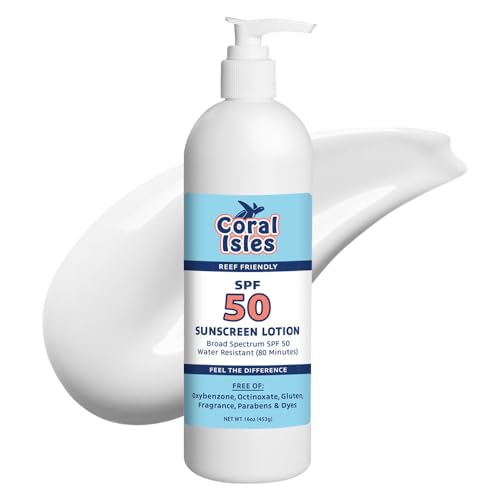Vin
the surface area is smoother and the purpose of tumbling your rocks every day or so is to keep the area clean for ion exchange to take place.
Lets try to address that, what ionic exchange is taking place. Meaning, what ion is the zeolite giving up and what ion is taking its place. In Clino's it is Na +, which is replaced by double charged ions usually, such as Ca++ and Mg ++. If ammonia is high enough it will, even in seawater, pick up a mere tad of it. There are other water born ions that will also exchange but it is sill only giving up sodium. Due to the ionic strength in seawater zeolites become about useless in a hours for ionic exchange. What bacteria is doing the ionic exchange ? Are bacteria even capable of ionic exchange, which would have to be your theory. Any ref on bacteria doing ionic exchange ? Has anyone looked into the composition of a bacteria and its biogeochemistry?
Elemental composition of bacteria % by weight
C = 55
O = 20
N = 10
H = 8
P = 3
S = 1
Which of these are found in zeolites or which of these could exchange with zeolite. If the rocks have to be tumbled everyday then there is zero facultative anaerobic denitrification going on and the zeolite can only act as a nitrification media. If N, ammonia, in the zeolite, then why not just get it out of the passing water column ? What ion is the bacteria giving to the zeolite, they excrete NO3-, which has no ionic exchange in clino's or any other zeoltie we know of so far. Normally it is passed to facultative denitrifying bacteria which have a "Proximity" relationship with nitrifying bacteria.
The whole issue for most of us is none of the ZEOvit people can explain this claim or theory they have about ionic exchange. Could can facultative denitrifying bacteria push, shove excrete something into the zeoltie, yes maybe sulfide. If the bacteria can not fit into pores the tumbling the rock would expose the facultative denitrifying bacteria to O2, but that is OK, as these bacts can handle that. If the facultative denitrifying bacteria are still on the tumbled rock there will be no ionic exchange for ammonia unless some one want to suggest the ammonia diffuses right through the bacteria. If it does then some ion on the zeolite has to leave, Ca ++, Mg++, Na , K+ so are these diffusing right through the bacteria. Ok, now what ever it is hw do the nitrifying bacteria get the ammonia from the zeolite exchange site through the facultative denitrifying bacteria to feed on. None of this make sense
Nice post Mojo

edit
vin
Just saw your last post, it sound like the zeolite has no fuction at all other than just a media to grow on.


































































